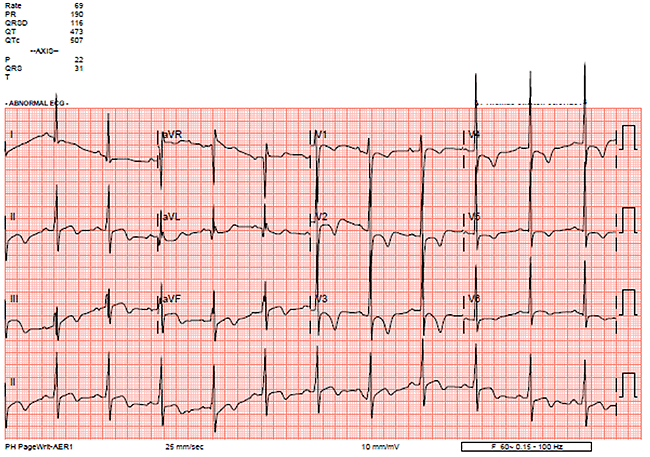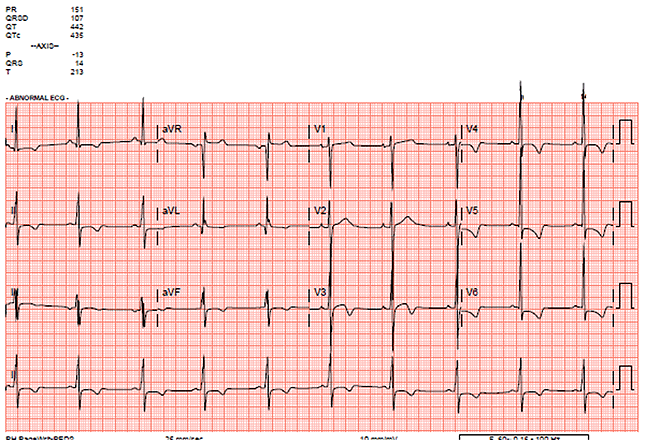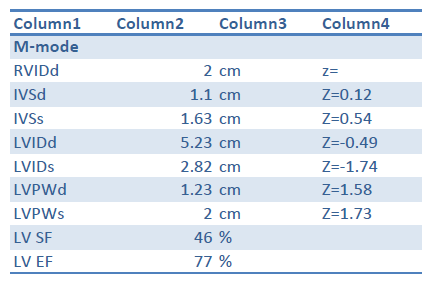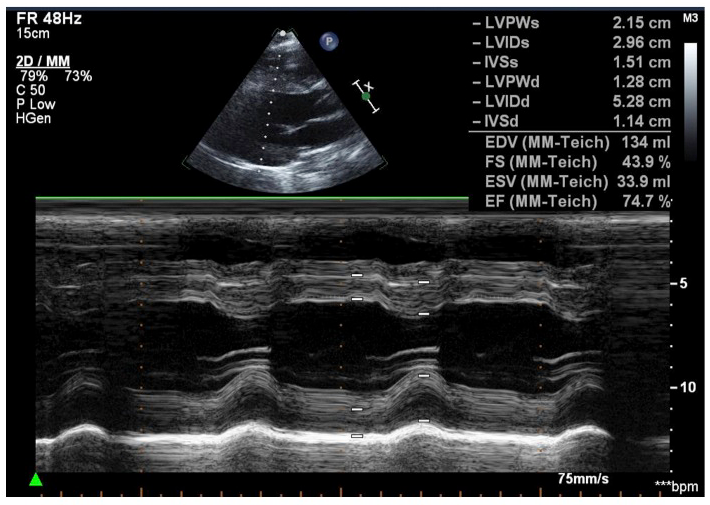A 17-Year-Old Male Athlete Loses Consciousness and Becomes Apneic While Playing Basketball
The patient is a 17-year-old African American male who was in his usual state of good health. While playing in a basketball game, he complained of fatigue and asked to be called out. Two minutes later, sitting next to his coach, he suddenly lost consciousness and became apneic. The coach began CPR and notified EMS who arrived within 10 minutes. They applied an automated external defibrillator (AED), which identified a shockable rhythm. Defibrillation resulted in restoration of sinus rhythm and patient responsiveness. In the ER, his Glasgow Coma Scale score was 8, and he was intubated for airway protection. He was cooled and sent to the intensive care unit for monitoring. Of note, he had no history of chest pain, palpitations, or shortness of breath prior to his arrest. There was also no history of syncope or pre-syncope, and no family history of sudden death. Although he had no known history of drug use per parents, a urine drug screen was positive for marijuana. There were no prior symptoms of constitutional illness: no fever, upper respiratory infection signs and symptoms, appetite change, vomiting, or diarrhea.
Vital signs, and physical exam were within normal limits. His initial, and most elevated troponin, was 0.53. He was eventually extubated and had no neurologic sequelae.
Figure 1 shows his initial electrocardiogram (ECG) obtained from EMS. It is notable for sinus rhythm, increased voltage (although likely within normal for age), diffuse T-wave inversions, and ST depression in V2-V4. No pathologic Q waves are seen.
FIGURE 1
Figure 2 shows his ECG three days later. The ST depression has resolved but the diffuse T-wave inversions remained.
A transthoracic echocardiogram was ordered was within normal limits. Reported values are show in Figure 3 and M-mode measurements are shown in Figure 4.
FIGURE 3
FIGURE 4
Video 1 and Video 2 show parasternal and short-axis views, respectively.
At this point, which of the following is the most appropriate next step in diagnosis/treatment?
Show Answer




